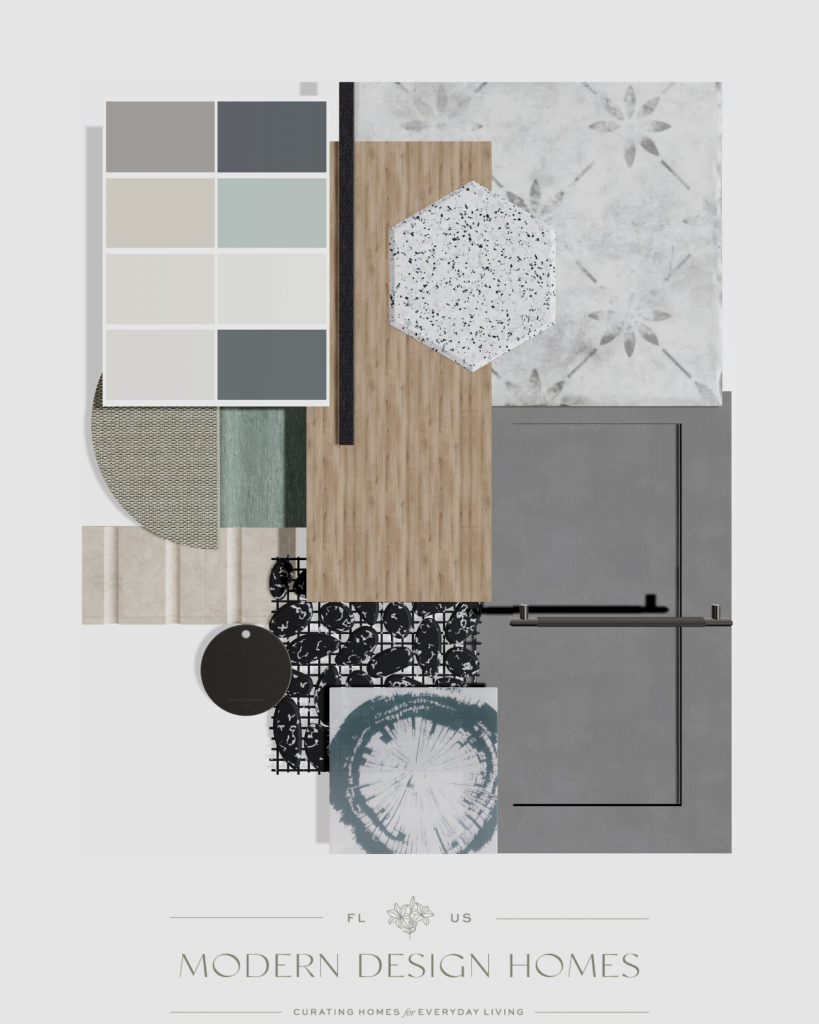
Color plays a crucial role in how we feel and experience our surroundings, especially when it comes to interior design. The psychology of color in interior design is more than just a concept—it’s a practical tool that can transform your home into a space that reflects your personality and evokes specific emotions. From calming blues to energizing yellows, let’s explore how to use color to create spaces that feel inviting, relaxing, or invigorating.
Using the Psychology of Color in Interior Design for Mood Enhancement
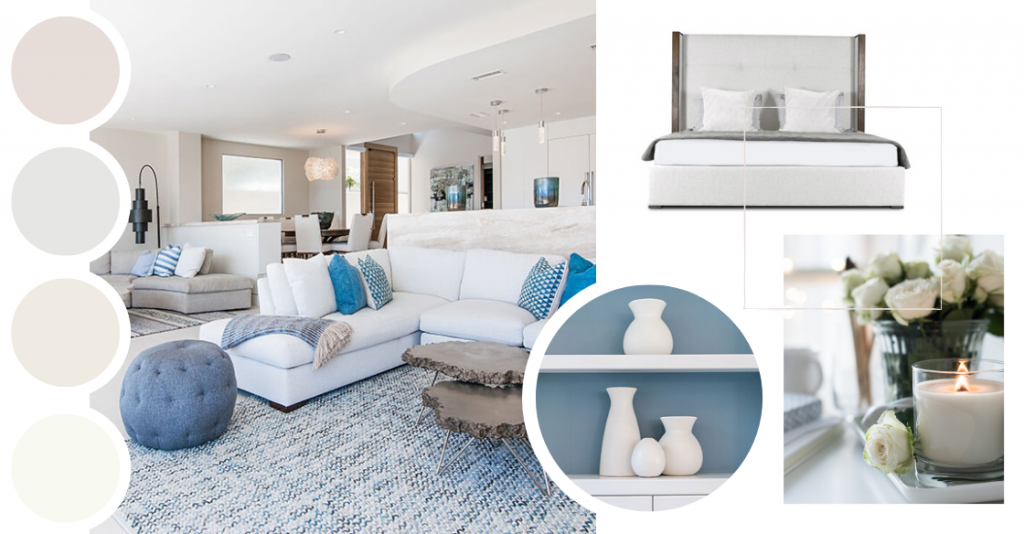
Have you noticed how stepping into a room painted in soft blues makes you feel calmer, or how a pop of yellow can bring energy to a space? I think about these emotional connections every time I plan a room’s color palette. Colors aren’t just visual—they carry feelings with them. Some of the ways colors influence mood include:
- Blue makes a space feel calm and grounded, which is why it’s a popular choice for bedrooms and offices.
- Green reminds us of nature and creates a balanced, fresh feel—perfect for living rooms or bathrooms.
- Yellow brings optimism and cheer, ideal for kitchens or breakfast nooks.
- Red adds energy and passion, great for accent pieces or dining areas.
- Neutral tones like gray or beige are versatile and grounding, but they can feel flat if overused.
I like to think of colors as a way to tell a story about how you want your home to feel.
Designing Relaxing Spaces with Blues and Greens
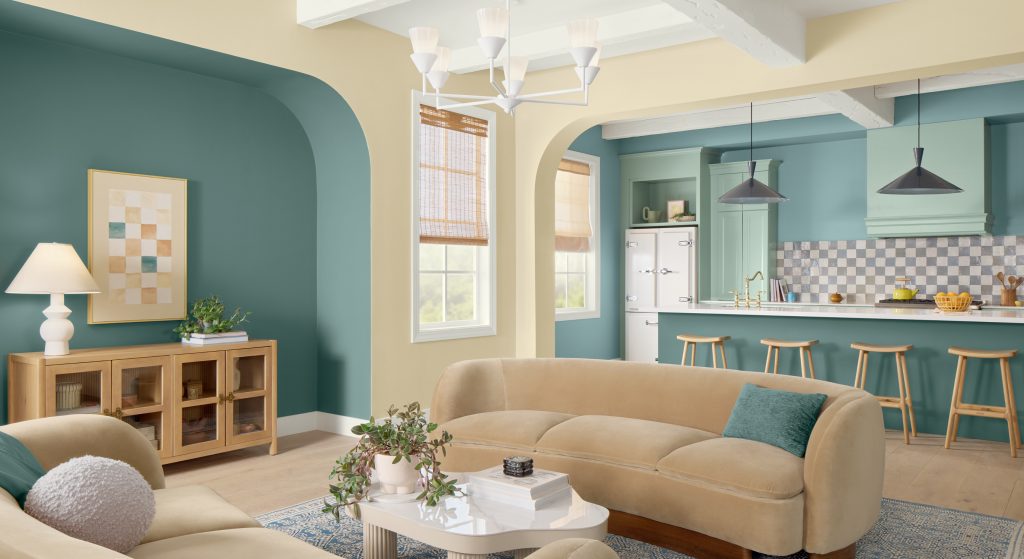
If your goal is to create a peaceful retreat, softer tones like pale blue or sage green are perfect. I often suggest these colors for bedrooms because they set the tone for relaxation. Green, in particular, feels refreshing and brings the outdoors inside. Pairing these shades with natural textures like wood or stone makes the space even more soothing.
For example, in one project, I used a light blue wall paired with white bedding and wooden accents. The result was a bedroom that felt airy and serene.
Energizing Rooms with Bold Colors
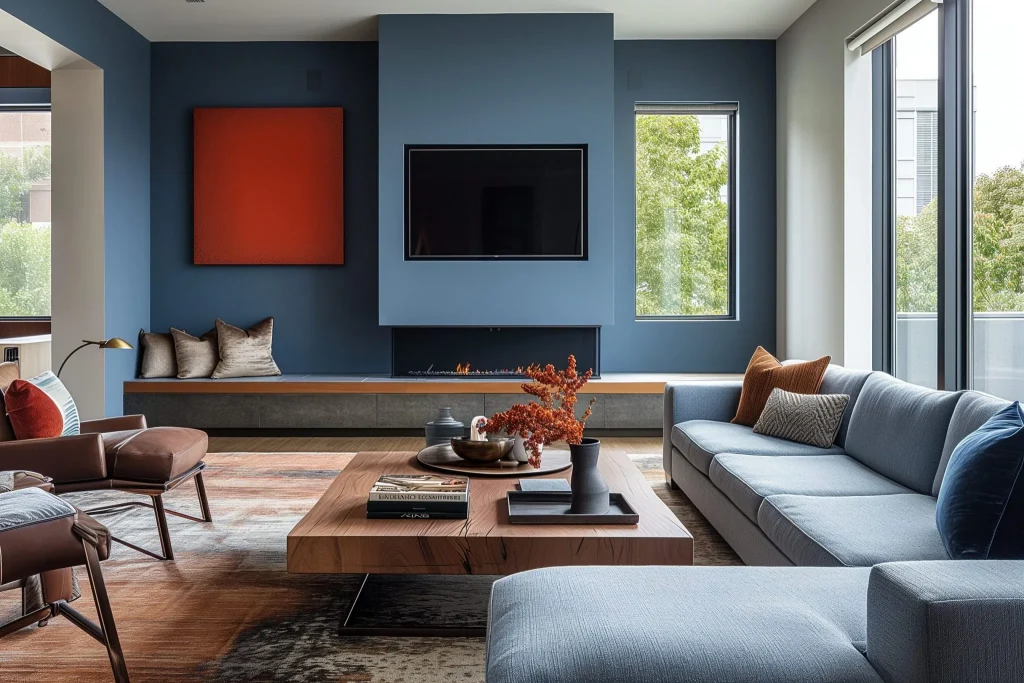
For spaces like kitchens or dining rooms, bold colors like yellow or red work wonders. These colors bring life and energy to a room. I’ve seen yellow backsplashes transform a plain kitchen into something cheerful, while a red statement wall in a dining room adds vibrancy.
The key is to use these colors sparingly. I like adding bold hues in the form of accent pieces—like throw pillows or rugs—so they don’t overwhelm the space. Mixing them with softer neutrals creates a perfect balance.
Sparking Creativity with Vibrant Hues
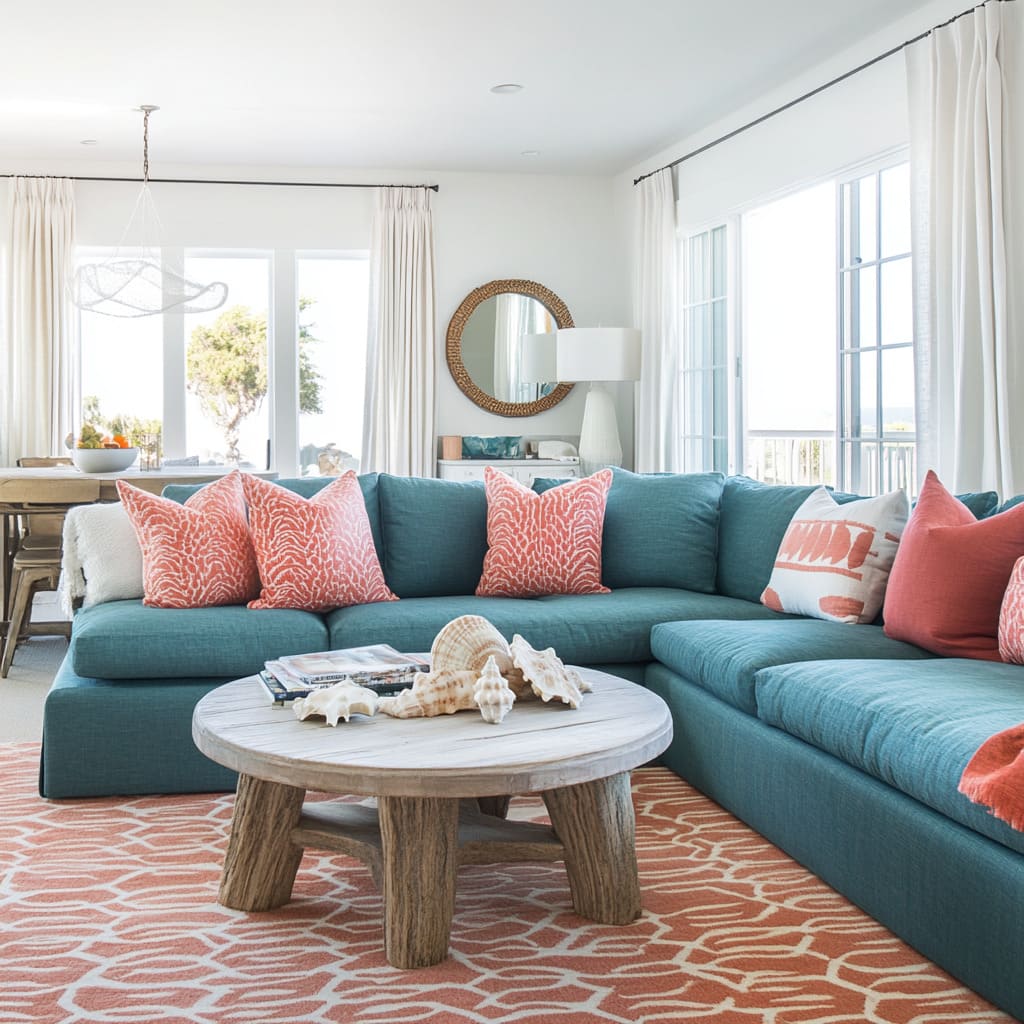
When designing spaces where creativity is a priority, like a home office or studio, I love using vibrant colors like teal or coral. These shades inspire focus and imagination. In one workspace, I used a teal feature wall paired with white shelving and pops of orange in the decor. The energy in that room was contagious.
Bright colors can be intimidating, but they work so well when balanced with neutral tones. Even something as simple as a colorful desk lamp can add that extra spark.
The Role of Neutrals in Color Psychology
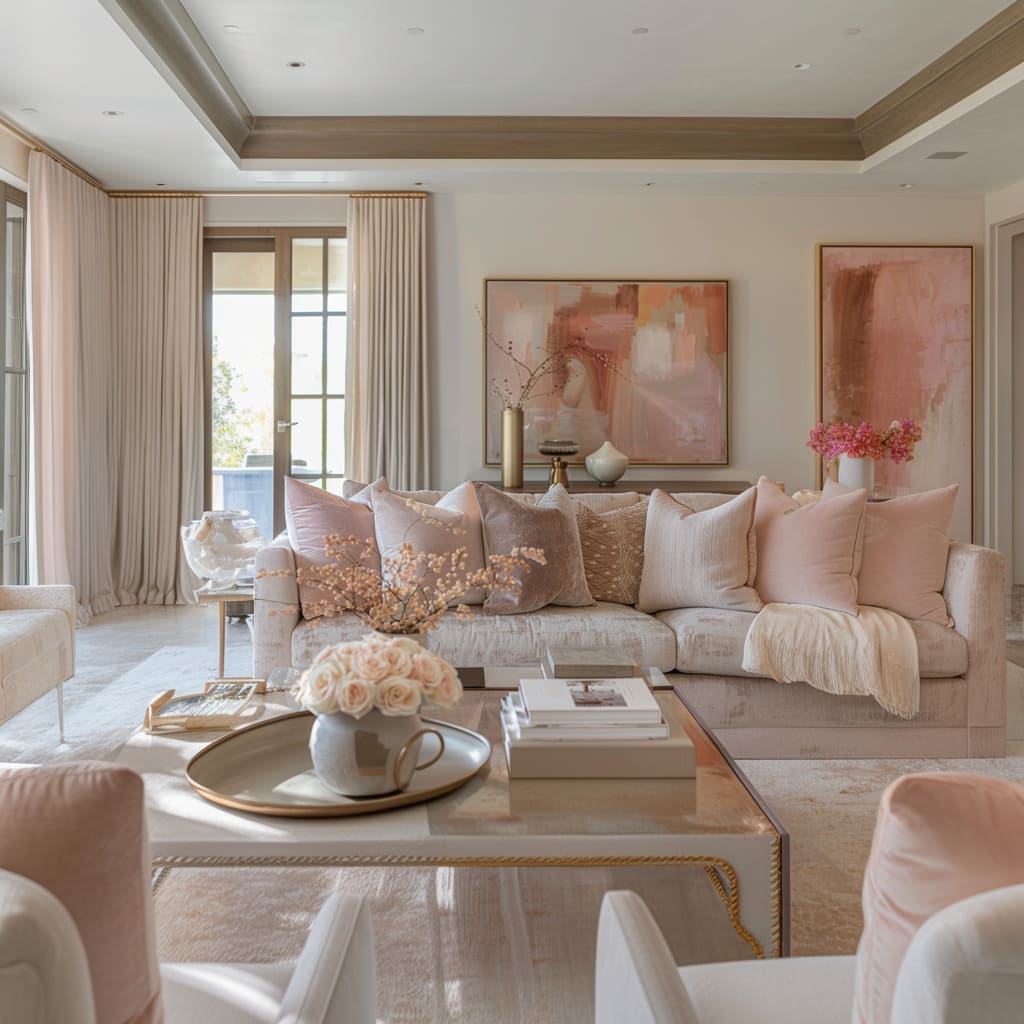
Neutral tones are the unsung heroes of design. I often use gray or beige as a base to anchor a room, allowing brighter colors to shine in the decor. For example, a gray sofa creates a perfect backdrop for colorful cushions or a vibrant throw blanket.
Neutrals don’t have to be boring. Layering textures—like pairing a beige wall with a woven rug or a linen curtain—keeps the space interesting while maintaining its versatility.
Curating the Perfect Palette for Your Home
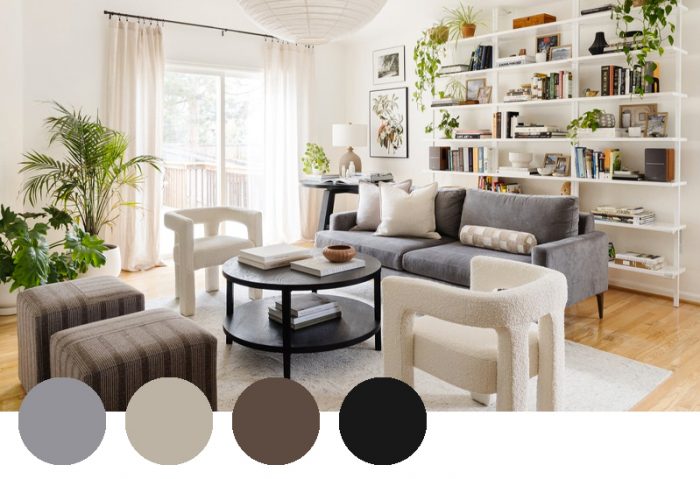
Choosing the right colors starts with thinking about how you want your home to feel. I always recommend asking yourself these questions:
- What is the purpose of the room? A relaxing bedroom? An energizing kitchen?
- What emotions do you want to evoke? Calm, excitement, focus, or comfort?
- What is the existing lighting like? Natural light can brighten darker colors, while artificial light can shift how shades appear.
Once you have answers, start building your palette. Choose one main color for the walls, then layer in two or three complementary colors through furniture, rugs, or art. Testing a small area first is always a good idea, especially since colors can look different throughout the day.
Lighting Brings Colors to Life
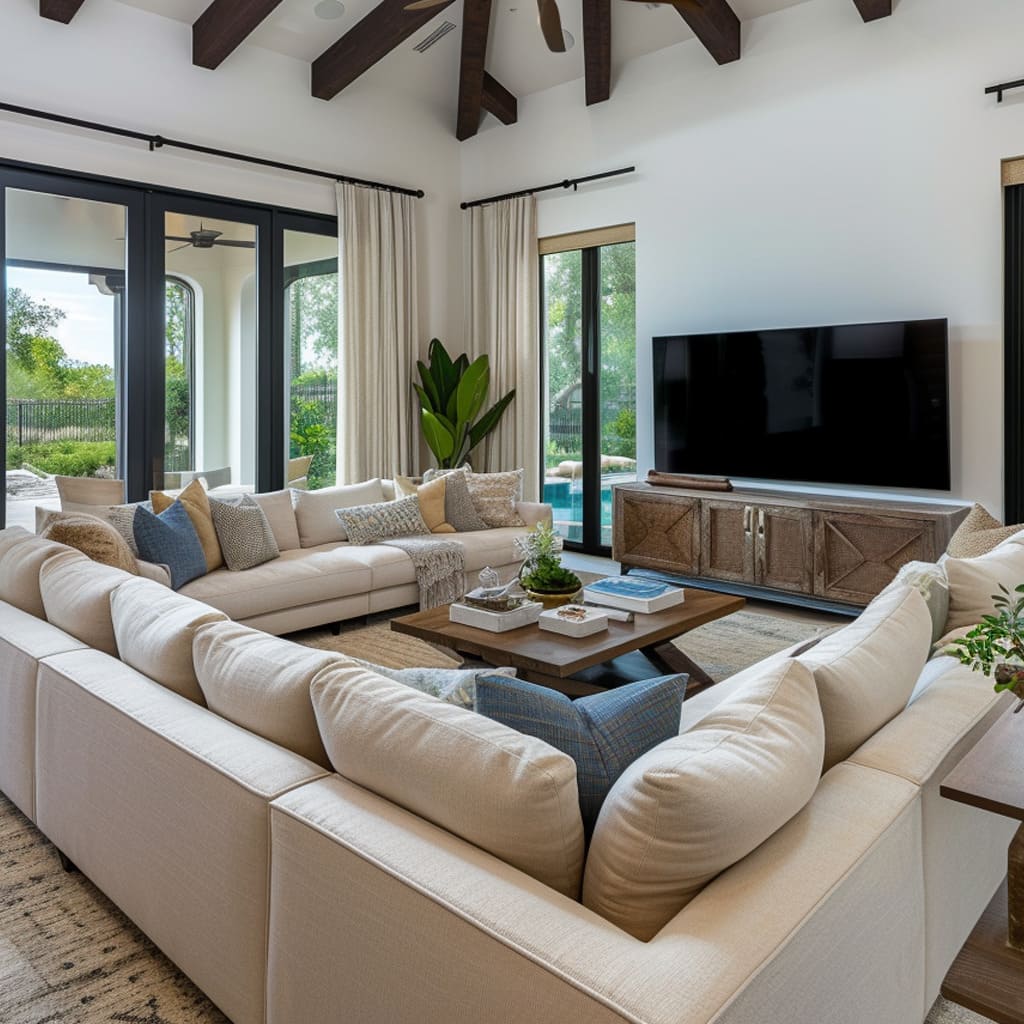
Lighting has such a big impact on how colors appear. I always consider how natural and artificial lighting interact with a room’s color palette. Warm lighting pairs beautifully with earthy tones, while cooler lighting enhances blues and grays.
In one living room design, I added floor lamps with adjustable brightness to highlight the deep green walls during the evening. This kind of layered lighting creates depth and makes the colors pop.
Adding Personality Through Finishing Touches
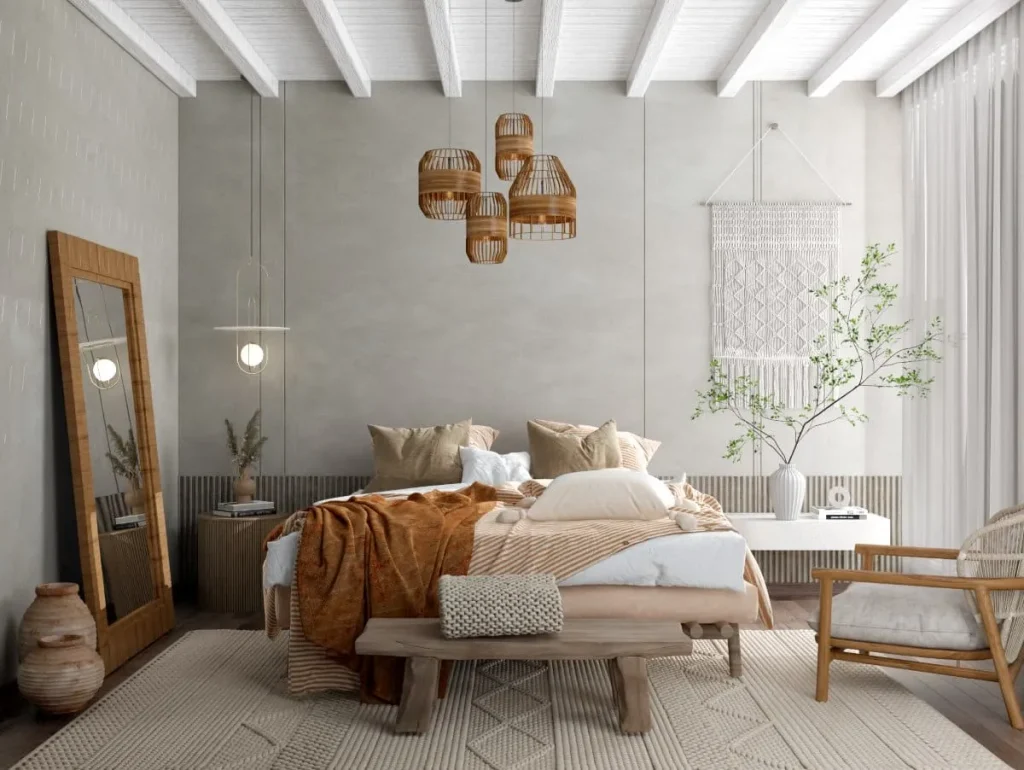
After choosing the main colors, it’s the details that make a room feel like home. I like adding plants, framed artwork, or patterned pillows to bring out the personality of a space. These finishing touches can pull everything together.
For example, in a yellow-accented dining room, a vase of fresh sunflowers adds warmth, while blue napkins on the table introduce a complementary tone.
Let Your Home Reflect You
If you’re ready to start designing your dream space, you’re in the right hands! I would love to help you create a home that not only looks amazing but also feels perfect for your lifestyle. Whether you’re aiming for a peaceful retreat, an energizing kitchen, or a creative workspace, together we can curate the ideal color palette and design to reflect your personality and evoke the emotions you want to feel in each room.
Understanding the psychology of color can transform your home into a space that truly feels like yours. Whether you want serenity in the bedroom, energy in the kitchen, or creativity in the office, there’s a color palette that can help you achieve it.
If you’re planning a redesign or even just looking for advice on choosing the right shades, click here to get in touch. I’d love to hear your ideas and help you create a home that feels just right.
